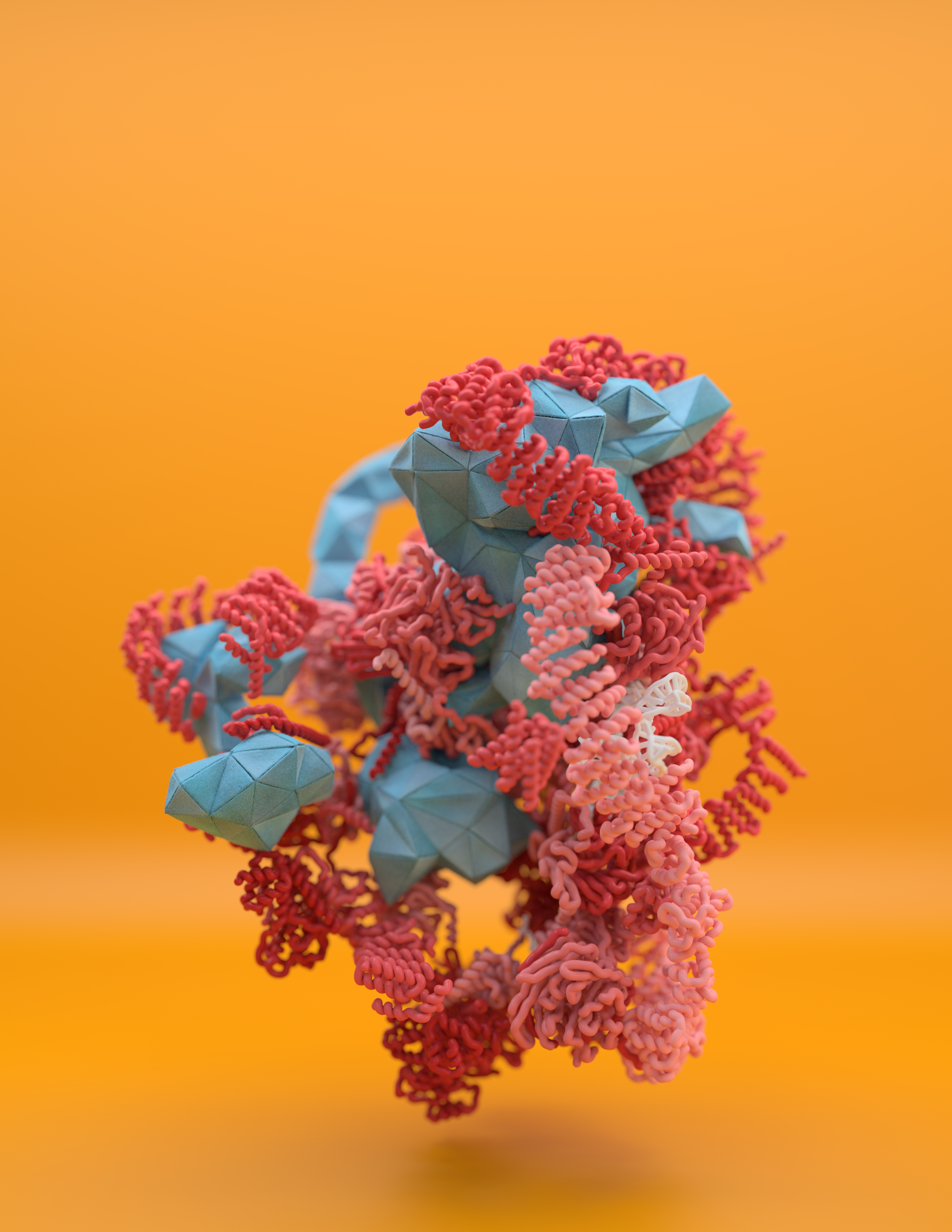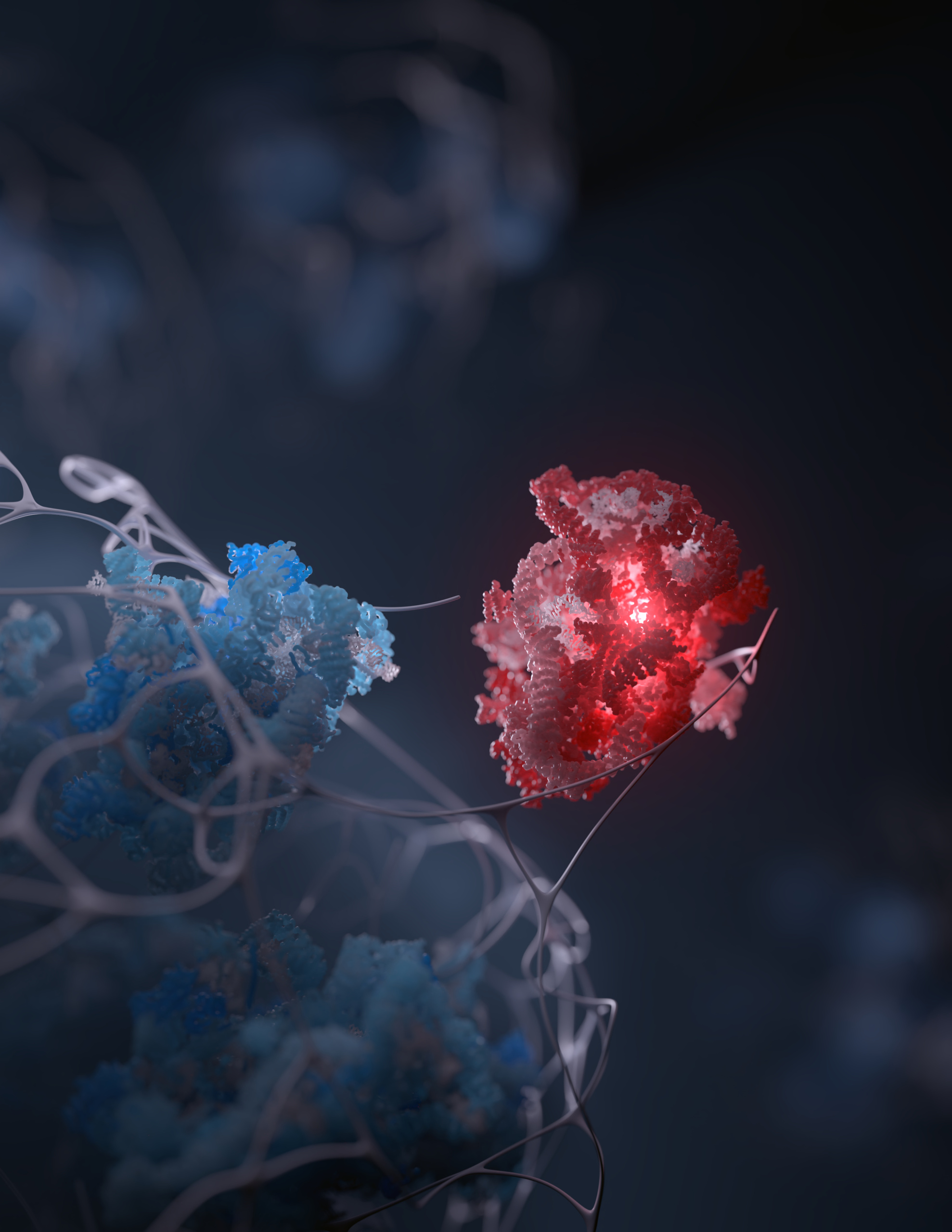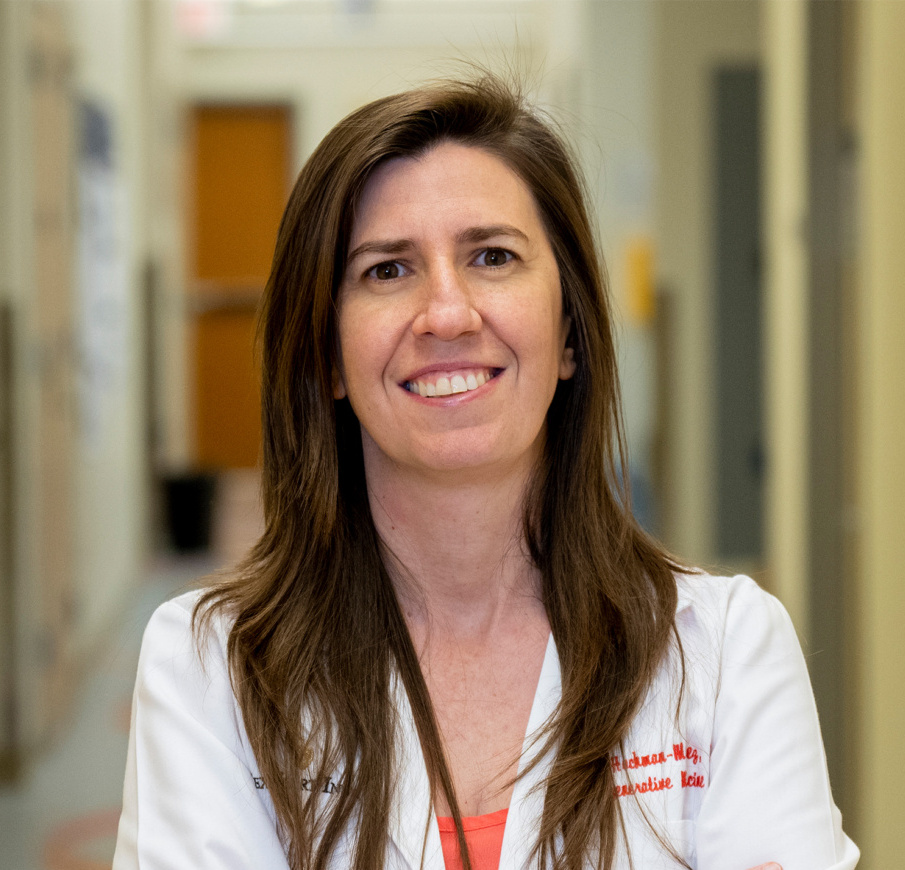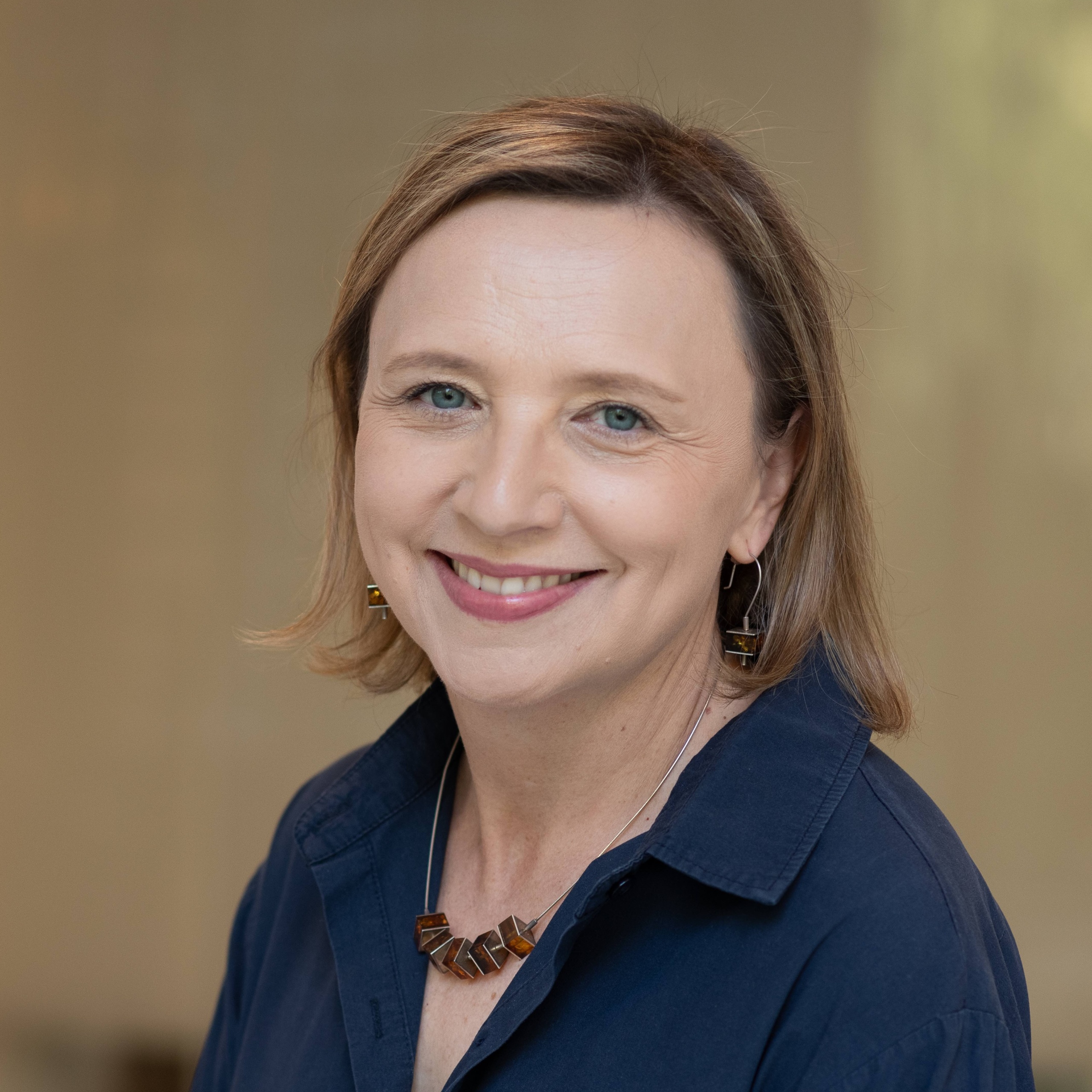Building Ribosomes and Nucleoli: Mechanisms of Cellular Organization

Sebastian Kilnge, PhD, Director
Professor, Head, Laboratory of Protein and Nucleic Acid Chemistry, The Rockefeller University
Sebastian Klinge’s work, supported by the Mathers Foundation, first uncovered how the large subunits of human ribosomes are assembled in the nucleolus and nucleus, and demonstrated that synthetic ribosomal DNA encoded on plasmids can generate functional synthetic ribosomes (Vanden Broeck & Klinge, Science 2023). In collaboration with the laboratories of Clifford Brangwynne and Denis Lafontaine, Dr. Klinge showed that this plasmid-encoded rDNA can drive the formation of new nucleoli, demonstrating that transcription of rDNA and processing of pre-ribosomal RNA are both necessary and sufficient for nucleolar assembly (Quinodoz et al., Nature, 2025).
He also found that altering the properties of pre-ribosomal RNA can influence nucleolar morphology. More recently, Dr. Klinge has traced ribosome assembly from the micrometer scale of the nucleolus down to the atomic scale, revealing how the process is guided and how pre-ribosomal particles exit the nucleolus (Buzovetsky & Klinge, Nature 2025). Ultimately, understanding ribosome assembly at a detailed, mechanistic level could inform treatments for genetic disorders, cancer, and other diseases rooted in defects in ribosome production.


e helper ubiquitin in yellow.
Vanden Broeck & Klinge, Science 2023: https://www.science.org/doi/10.1126/science.abj5338
Quinodoz et al., Nature 2025: https://www.nature.com/articles/s41586-025-09207-4
Buzovetsky & Klinge, Nature 2025: https://www.nature.com/articles/s41586-025-09688-3
Both images were generated by Phospho biomedical Animation


